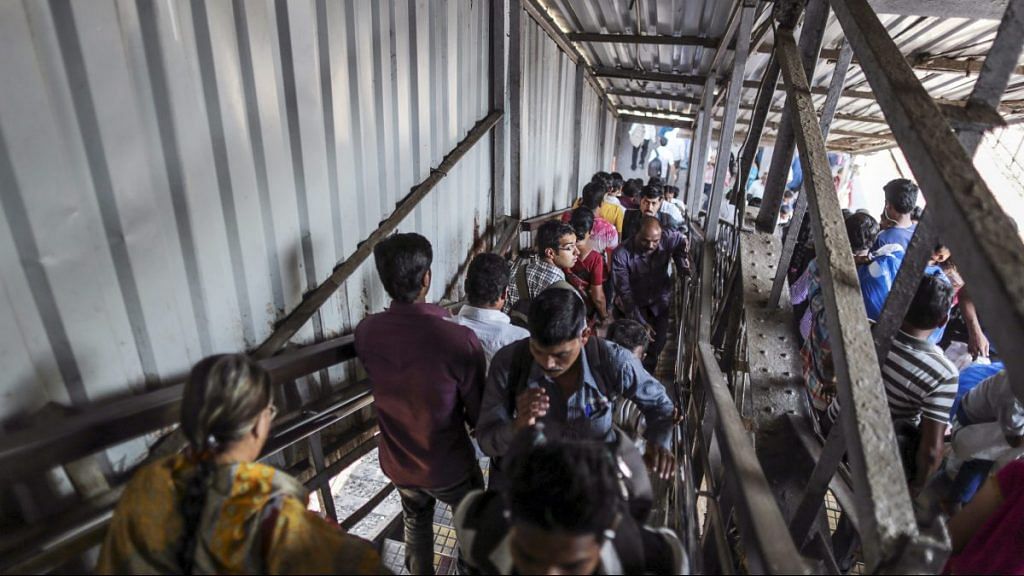India sends more workers abroad than any other country. According to data from the United Nations, there were almost 17 million Indians working overseas in 2017.
With such a huge number of people earning a living outside their own country, it’s perhaps not surprising that Indians also top the ranking for remittances sent to families back home.
The World Bank compiled the chart above using data from the Global Knowledge Partnership on Migration and Development. It shows Indian migrant workers sent home almost $79bn in 2018. China was the second largest recipient of remittances, with $67bn sent back by 10 million overseas workers.
In itself, the $79bn Indians sent home in remittances is a huge sum of money, but it is equal to just 2.7 per cent of India’s GDP, according to data from KNOMAD.
For smaller countries, remittances make up a much higher percentage of GDP.
The chart below uses data from the World Bank to rank the countries that are most dependent on remittances. Kyrgyzstan received $2.5bn in remittances in 2017, but that relatively small figure amounted to more than a third of the nation’s GDP. Nepal took in $6.9bn in remittances, making up 29 per cent of the country’s overall economic output.
Remittances to low and middle-income countries reached a record high in 2018, according to the World Bank’s Migration and Development Brief.
Also read: Immigrants should do more than just send money home
The Bank estimates remittances to these countries reached $529 billion in 2018, an increase of 9.6 per cent over the previous record high of $483 billion in 2017. Global remittances, which include flows to high-income countries, reached $689 billion in 2018, up from $633 billion in 2017.
This article was first published on the website of the World Economic Forum.
